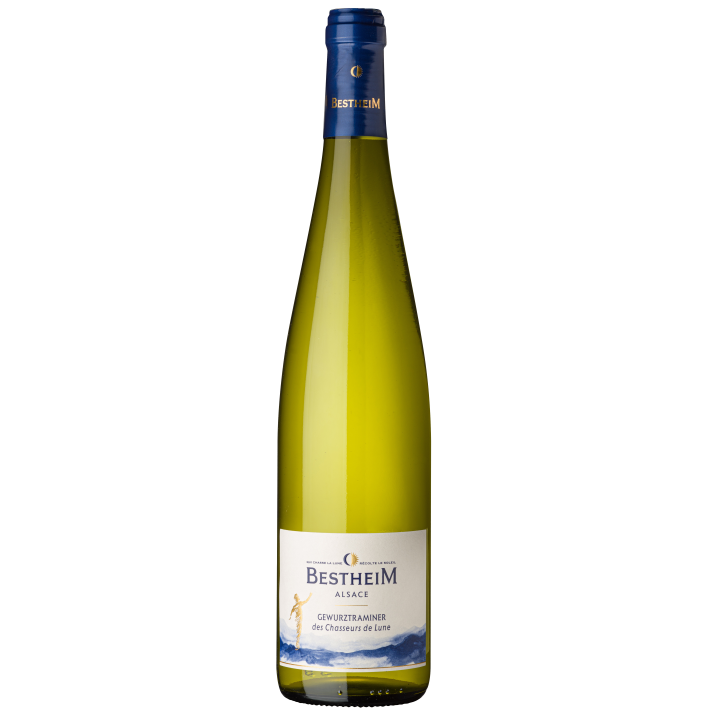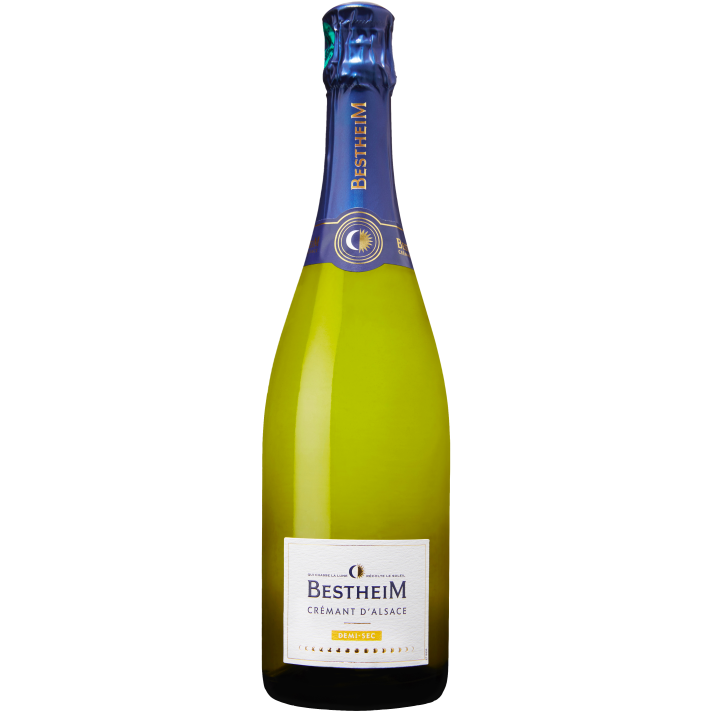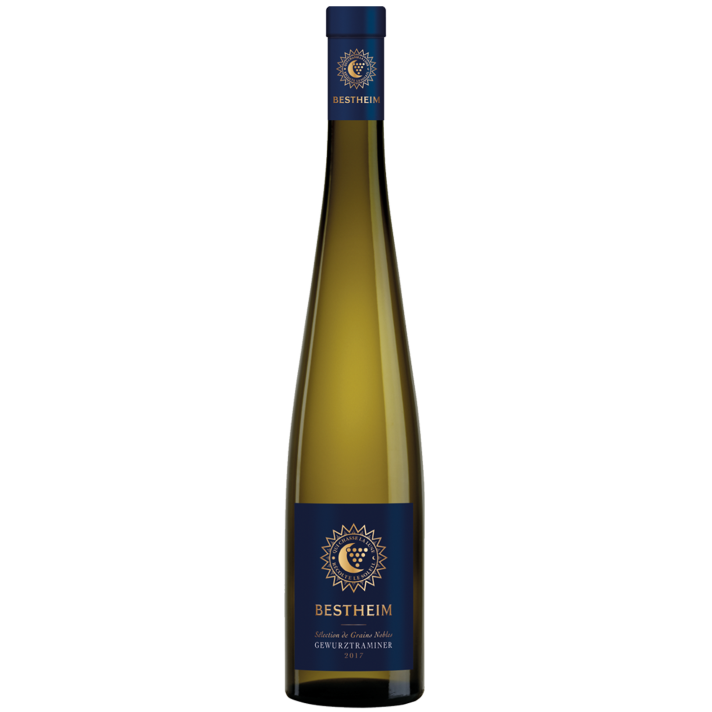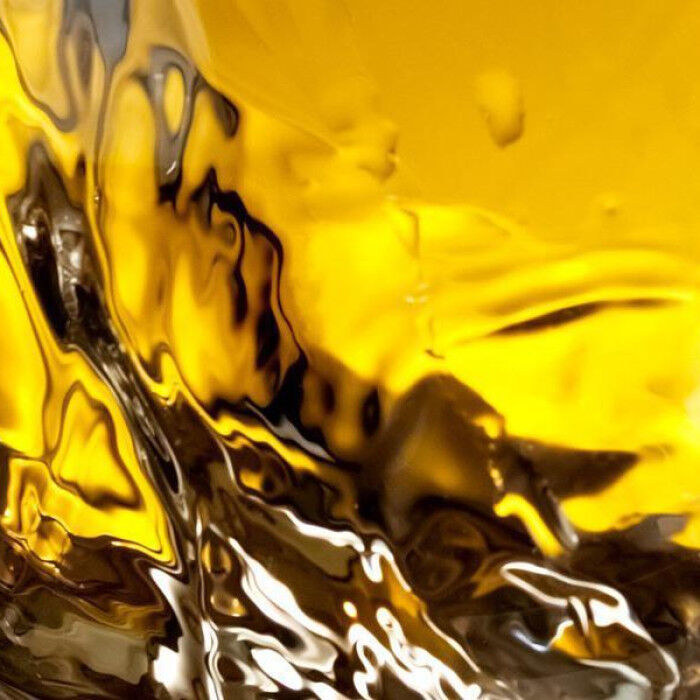
What are residual sugars?
What is residual sugar? Many of you ask this question, and it is not always easy to understand this concept. Bestheim helps you see things more clearly.
Residual sugars in wine
Sugars are naturally present in grapes: every grape contains sugar. Logically, these sugars are therefore found in wine during vinification. These sugars are glucose and fructose.
During alcoholic fermentation, the sugars in the grapes are converted into alcohol by yeast. Residual sugars are therefore the sugars remaining in the wine after fermentation (when not all the sugar has been converted into alcohol).
Residual sugars and types of wine
All wines contain residual sugars in varying amounts. The amount of sugar still present in the wine determines its profile and mouthfeel when tasted.
The level of residual sugar in wine determines whether it is dry, sweet, mellow, or syrupy.
White wines can be of all types. This can vary depending on the grape variety and the winemaker's style of vinification. In Alsace, for example, Muscat can be vinified dry, whereas in the rest of France it is usually sweet. The same is true of Gewurztraminer, which is generally a grape variety that produces sweet wines.
In France, however, all red wines must be dry.
The sugar content of a still wine (i.e., one that is not sparkling like a Crémant d'Alsace, for example) is measured in grams per liter. The different wine profiles are broken down as follows:
- Dry white wine: less than 4 g/l
- Semi-dry white wine: 4 to 18 g/l. The sweetness is more noticeable when the wine is young. It fades as the wine ages in the bottle.
- Sweet white wine: 12 to 45 g/l
- Sweet white wine: more than 45 g/l (can contain up to 200 grams of sugar per liter). These are wines with a marked sweetness on the palate (e.g., Vendanges Tardives and Sélections de Grains Nobles)
Find out more about the different styles of Alsace wine in this article.
It should be noted that the sugar content found in a still wine is not the same as that found in a Crémant of the same type. For example, a semi-dry still wine will not have the same sugar content as a semi-dry Crémant d'Alsace. Thus, for sparkling wines, the following classification applies:
- Extra-brut : between 0 and 6 grams per liter
- Brut : less than 12 grams per liter
- Extra-dry : between 12 and 17 grams per liter
- sec : between 17 and 32 grams per liter
- Demi-sec : between 32 and 50 grams per liter
- Sweet : more than 50 grams per liter
Residual sugars and Bestheim wines
Our wines contain varying amounts of residual sugar depending on the vintage and grape variety (Riesling, Pinot Blanc, Pinot Gris, Pinot Noir, Gewurztraminer, Muscat, Sylvaner).
Due to the grape variety, a Riesling or Sylvaner (two dry white wine varieties) will obviously have less residual sugar than a Gewurztraminer.
A still white wine from the Chasseurs de Lune range will have less residual sugar than a Grand Cru, which will itself have a lower sugar content than a Vendange Tardive.
In the Bestheim range of Alsace wines, it is the Sélections de Grains Nobles (sweet wines) that contain the most grams of sugar per liter of wine due to their vinification process.
Residual sugars play a key role in the style and balance of wines. At Bestheim, mastering them is an integral part of our expertise, enabling us to offer Alsace wines that are true to their terroir and suited to all palates, from the driest to the sweetest.


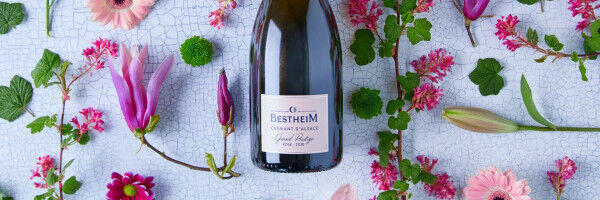
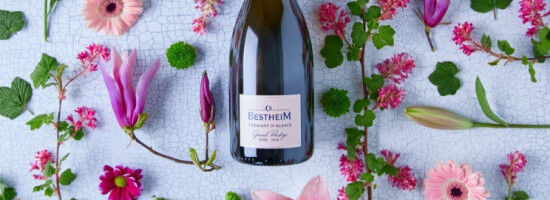

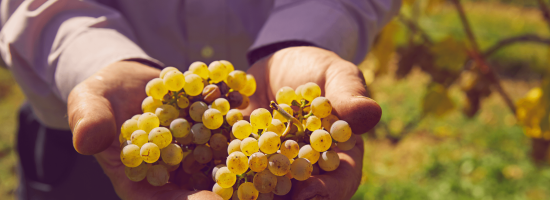
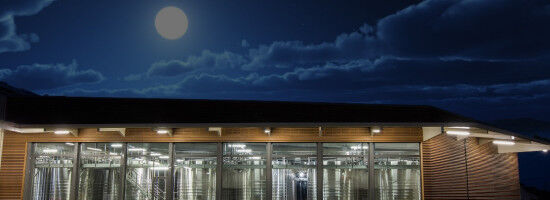
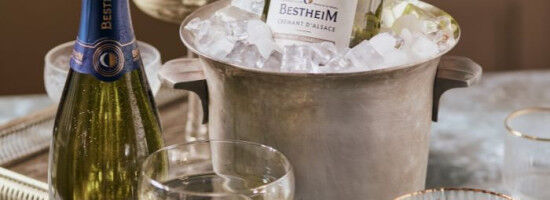
 English
English
